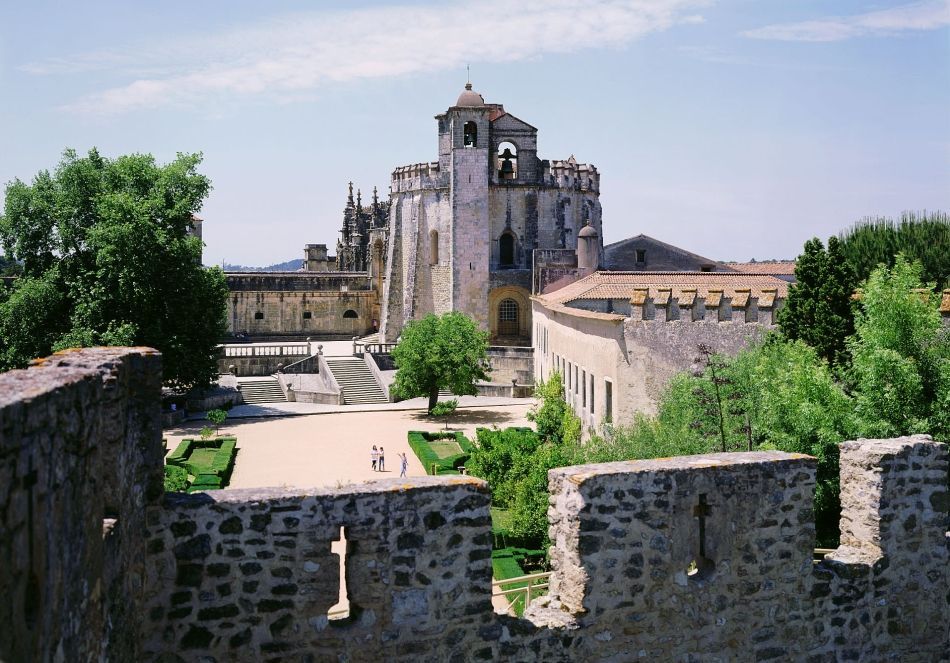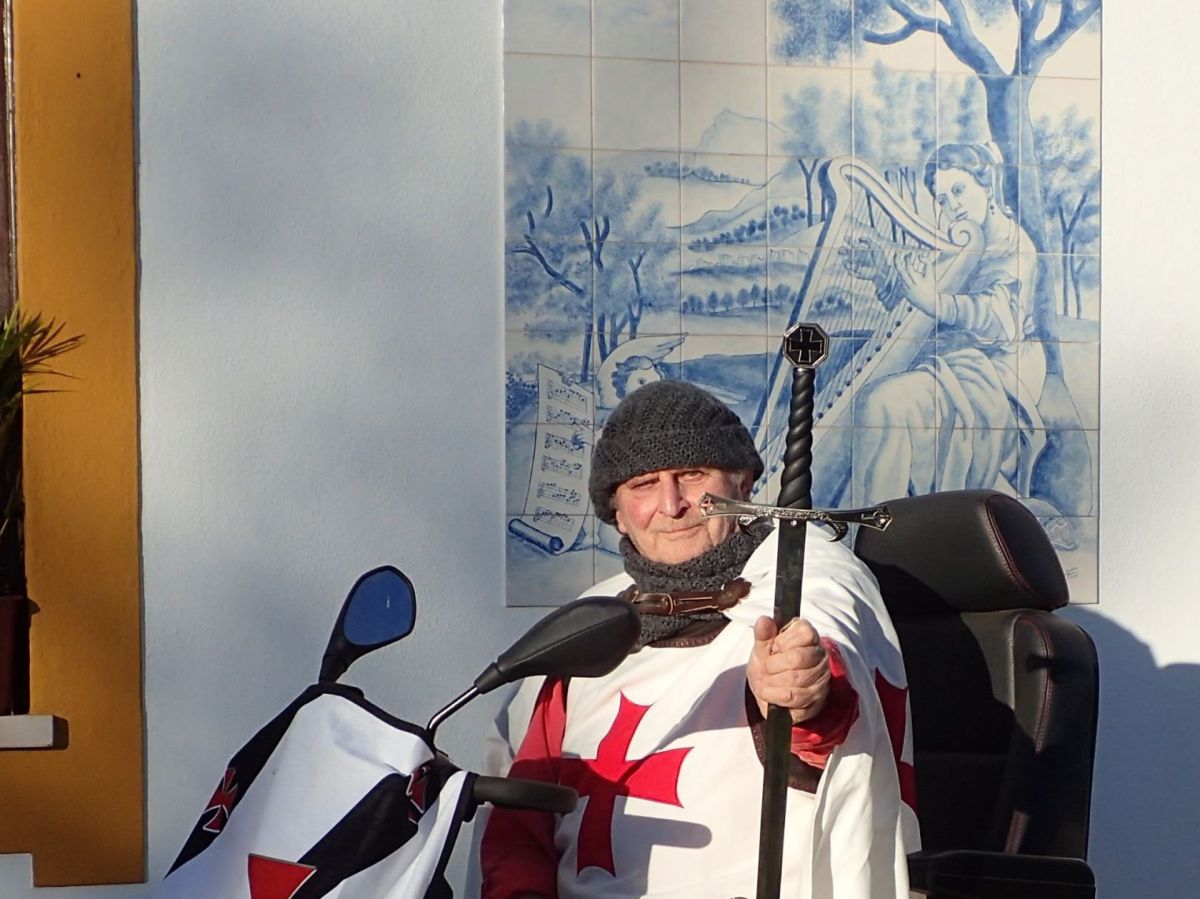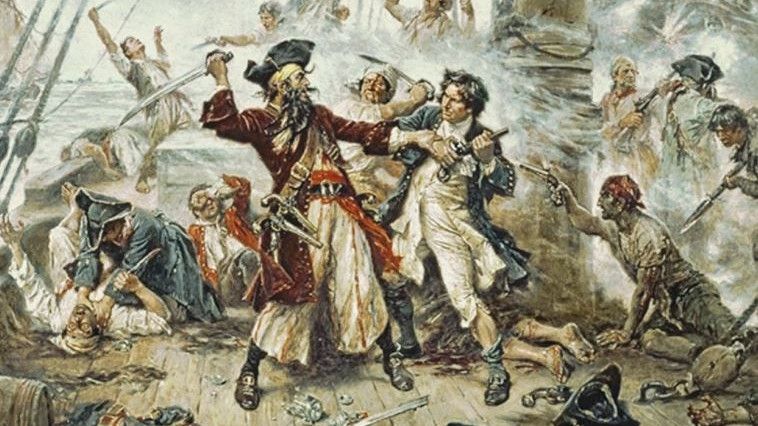In the early 1980s I made several exploratory tours from the north to the south of our country. I travelled by train. omnibus, hire-car and often on foot. Always I was accompanied by “The Rough Guide to Portugal” which, despite its name, was smoothly written with perceptive information not just about historic architecture but the more important fabric of the Portuguese people who lived with laughter, tears and toil herein.
Inevitably, my path led to Tomar where I arrived one wet autumnal evening to be accommodated at a residencial with meagre amenities. However, the morning was blessed with bright sunshine and I found what my Guide described as a remarkable mediaeval city thronged with people attending the weekly market. Displayed on the stalls was a seemingly endless variety of farm produce and equipment, household utensils, traditional clothing and footwear, artesenatos and intriguing collections of bric-a-brac. Altogether a revelation of what was considered to be essential for existence in mid-20th century Portugal; to be slowly savoured whlle taking a breakfast of a tosta mista with several bicas.
Over the next three days there followed the customary round of visits to the many sites recommended in my Guide despite the hazard of having to find key-holders who worked eccentric opening hours to gain access to “jewels” which were often badly tarnished or closed for repair.
Now, more than forty years later I have been curious to re-open José Saramaga´s “A Journey to Portugal” to see how his description of a visit to Tomar coincided with my own memories. The consummate narrative is written in the same acerbic, witty and sometimes sarcastic style which earned him a Nobel prize for literature but is enduring in its demonstration of his profound love for his fellow citizens and their proud history. The book covers a journey which took six months to complete ending in the Spring of 1980 so is contemporary to my own ramble.
Before entering Tomar, The Traveller crossed the “clear, deep, green waters” of the Castelo do Bode lake to spend two hours at the inn Estalagem da Ilha do Lombo which is perched on what remained of a small hill-top after the building of a dam which flooded the valley of the river Zêzere. He likened this location to “leaving the world behind by floating down the river Lethe of forgetfulness to enter Nirvana; a haven of peace which is beyond measure”. This description I share wholeheartedly because it was on the shore north of the island that I chose to build an idyllic home where I lived for eighteen years in splendid isolation.
Onwards to Tomar, where The Traveller spent the night at an hotel in the Mouchâo Park : “a cool oasis of tall poplars and green-and-white birches. Whoever transformed a sandbank into this refuge deserves a medal”. In the evening, he dines at the Beira-Rio restaurant situated just across the river Nabâo with a view of the famous water-wheel which reputedly dates from the time of the Moors. He records eating well and having the good fortune to be served by “ a serious-looking waiter who, when he smiled, had the happiest face in the world – and he smiled a lot”. I, too, ate at this restaurant in 1983 and was amply rewarded by the ambience which it shared with several others nearby. It is restaurants such as these, each with its own welcome, that make one feel as being “a friend of the family”.

Saramaga´s narrative is sprinkled with other anecdotes which warm to his obvious great humanity. He records engaging a custodian of the Convent and its unique Charola in a conversation where he complains concerning “the general air of decrepitude which comes from age and neglect. One of the most precious jewels of Portugal is in danger of being snuffed out”. The explanation offered by the guide is that this partly results from the many wedding celebrations which are held there. He shrugs his shoulders abjectly and says: “The guests come and lean against the pillars, climb them to get a better view and then amuse themselves by pulling off bits of painted plaster to have as souvenirs”.
He finds that the portal by John of Castile to be one of the most magnificent works of art in Portugal and cannot be adequately described or explained in words - “more like a poem of Camões set in stone” Yet, the Great Window of the Manueline era prompts only a conjecture that it was inspired by the temples of India and translated to Tomar by an itinerant ship´s artist.
Saramaga describes some of the other “sights” of Tomar with a mixture of insight and exasperation. He revels in the painted panels of Gregório Lopes in the church of St John the Baptist but is annoyed to find the grille to the baptistery is closed so that he can only see a small portion of the Baptism of Christ. Equal to my own experience he finds that the chapel of Nossa Senhora da Conceição is firmly locked until Sunday, the only day on which it is open to worshippers and visitors alike.
However, The Traveller is more intent on finding his soul than writing a conventional guide and decides to journey onwards to Ourem with only a brief stop on the way to view the aqueduct at Pegões Altos: “the perfectly rounded arches are proof that utility and beauty are not incompatible”.
Probably, the recent suggestion that Tomar should be named as the Portuguese capital of spirituality would have been treated scornfully by Saramago, an agnostic who had respect for and great knowledge of the sanctity of buildings. It is his admiration for the spirit and character of the Portuguese people that shines through his writings; not least the worthy Nabantinos of yesteryear!
by Roberto Cavaleiro - Tomar. 23 September 2025











